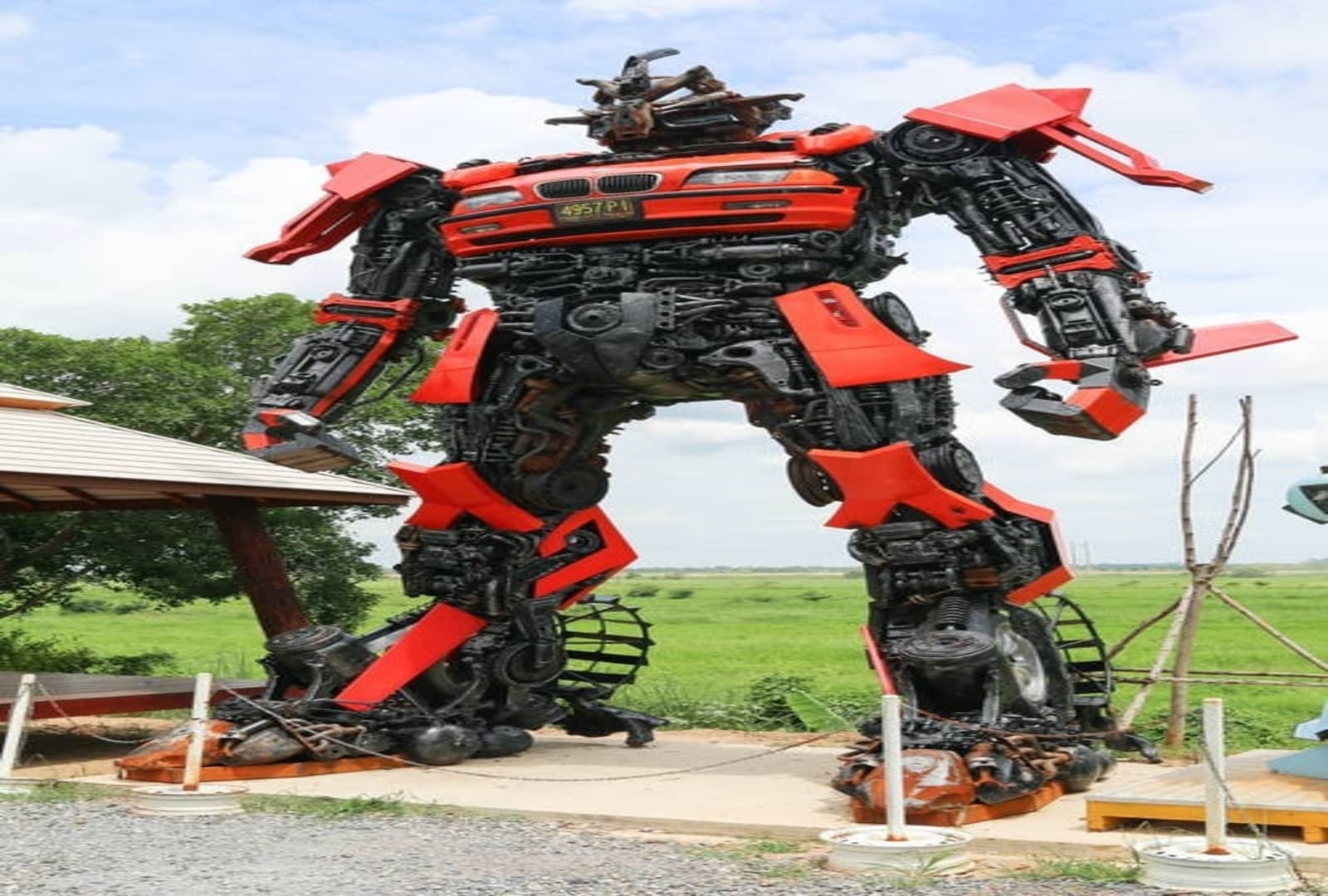Contents
Robotics: Revolutionizing the Way We Live and Work
Introduction
In recent years, robotics has emerged as one of the most transformative and exciting fields of technology. Integrating robotics in various industries and everyday life has revolutionized how we live, work, and interact with our environment.
From manufacturing and healthcare to space exploration and entertainment, robots has made significant strides, enhancing efficiency, safety, and human capabilities. In this article, we delve into the world of robotics, exploring its applications, advancements, and impact on our society.
1. The Rise of Robotics
Robotic technology has evolved rapidly, making significant strides in the last few
decades. Initially limited to controlled environments like factories and laboratories, robots have expanded into various domains, including agriculture, transportation, retail, and even our homes. This expansion has been made possible due to advancements in artificial intelligence (AI), machine learning, sensor technology, and materials science.
2. Industrial Robotics
One of the earliest and most prominent robotics applications is in the industrial sector. Robots have revolutionized manufacturing processes, enhancing productivity and precision while reducing costs.
Industries can achieve higher production rates, improved quality control, and enhanced worker safety with robotic arms, automated assembly lines, and intelligent machines.
These robots can perform repetitive tasks accurately, freeing human workers to focus on more complex and creative endeavours.
3. Healthcare and Medicine
Robotics has also made significant contributions to the healthcare and medical fields. Surgical robots, such as the da Vinci Surgical System, enable surgeons to perform intricate procedures with enhanced precision and minimal invasiveness.
This results in shorter recovery times, reduced complications, and improved patient outcomes. Additionally, robotic exoskeletons aid in rehabilitation and assist individuals with mobility impairments, enabling them to regain independence and improve their quality of life.
Power of Innovation: Exploring Quantum Computing & Its 5 Applications
4. Exploration and Discovery
Exploring remote and hostile environments has become safer and more accessible
through robotics. Uncrewed aerial vehicles (UAVs), known as drones, have transformed agriculture, aerial photography, and search and rescue operations.
In space exploration, robots like the Mars rovers have provided invaluable data about the red planet, paving the way for future human missions. Autonomous underwater vehicles (AUVs) have greatly expanded our understanding of the world's oceans, enabling deep-sea exploration and mapping.
5. Everyday Robotics
Robots have also found their way into our daily lives with the rise of consumer robots. Vacuum cleaning robots, such as Roomba, have become commonplace in many households, taking care of mundane tasks and freeing up time for other activities.
Social robots are being developed to provide companionship for older people and assist in various domestic tasks. Moreover, smart home devices and AI-powered virtual assistants have integrated robotics to enhance convenience and connectivity within our homes.
6. Ethical Considerations and Challenges
As robots continue to advance, ethical considerations and challenges arise. Concerns about job displacement, privacy, and the ethical use of AI and robotics must be addressed.
There is a need for responsible development and regulation to ensure the safe and beneficial integration of robotics in society.
Additionally, there is an ongoing discussion about the ethical implications of autonomous robots, particularly in areas like military applications and decision-making processes.
Conclusion
Robotics has undoubtedly transformed various aspects of our lives, from industries and
healthcare to exploration and entertainment. Integrating AI, machine learning, and sensor technology has enabled robots to become smarter, more versatile, and safer to interact with.
As the field of robots continues to evolve, it is crucial to address ethical considerations and ensure that the benefits of robotics are accessible to all while mitigating potential risks. With responsible development and collaboration between humans and robots, the future holds immense potential for further advancements and exciting applications in



















































